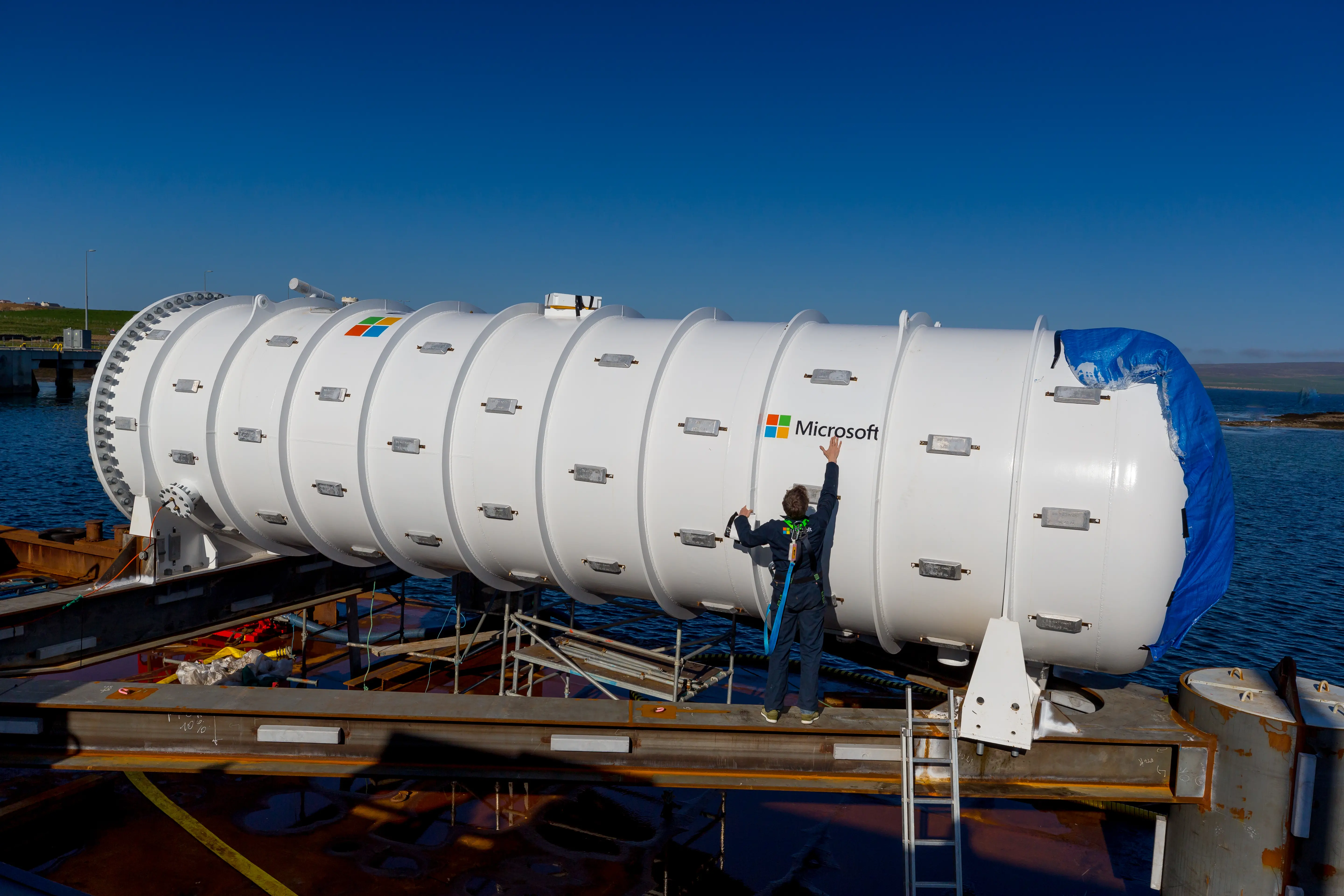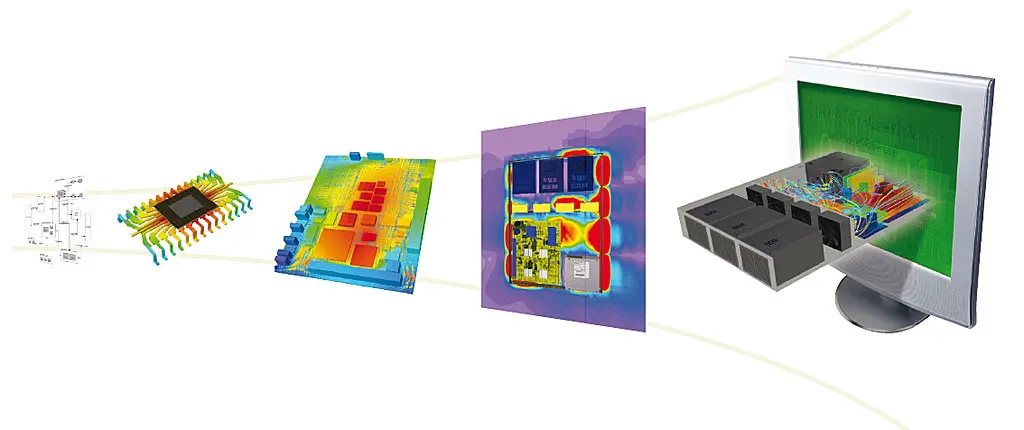Engineers are generally hard-nosed realists and don’t rely on the mythical kingdoms of fairy tales where only good things can happen and all problems disappear. Still, there is one magical place which is often called out when dealing with the thermal aspects of design, and it has the simple name of “away.”
How so? Cooling devices and techniques – including heat sinks, heat pipes, cold plates, fans, fluids and more – take the potentially debilitating and dangerous heat energy of circuits and systems and then send it to this vaguely defined place called “away.” It here that heat – and the problems that it brings – are no longer a concern.
That’s great news, except for one thing: there often is no clearly identified and fully characterized “away” place to be found, one where heat is no longer an issue. Despite this absence of an adequate and ultimate cooling repository, there are too many discussions of cooling which are very self-centered. These conversations have the implicit assumption that once the heat is removed from its source and sent to “away”, the problems of heat removal are gone and forgotten.
But that’s not the way things work in the real world. Regardless of how effective your heat-removal tactics are, unless you have a well-defined “away” which can handle the heat load, all you have done is make your immediate thermal problem into another problem – and it’s one that may be as difficult to solve as the initial source problem. It’s as if you took care of those leaves on your lawn blowing them onto a neighbor’s yard, and say “hey, I’m good, my problem is solved.”
While doing so may provide a comfortable feeling with respect to your lawn work (even if it is somewhat unethical), things don’t work so neatly when it involves a thermal challenge. Unless you carefully define and characterized the entire thermal path and channel from source to ultimate sink, you don’t have all the needed pieces of the solution to your total thermal-management problem, Figure 1.
Fig 1: Analysis of thermal design requires both bottom-up and top-down perspectives spanning component, board, subassembly, and system, to ensure there really is a cooler “away” place to which the excess heat can flow. (Image source: FloTHERM/Mentor Graphics)
It’s very tempting to compartmentalize your section of a broader problem, and then have a “I’m done, no more worries here” mindset as you unwittingly pass the problem onto those engineers responsible for the next past of the system. Such innocent bliss doesn’t last long, of course, as they come back to you and say that simply making your problem into isn’t going to work out.
Different designs have different paths to this wonderful land of away, and different manifestations of it. Sometimes the endpoints is the outside air which can vary over a wide range of temperature and humidity, as well as heat-conveying capacity due to altitude (and there are concerns about adding this heat load the climate). Other times, it’s the cooling ocean water, used by ships and which is being tested by data-center operators such as Microsoft “Project Natick” (see here) via unstaffed, submerged server farms, with access to virtually unlimited cooling capacity, Figure 2.

At the other end of the thermal “away” spectrum are space vehicles which must ultimately rely on radiation to evacuate their heat – a difficult challenge, in general, as it requires lots of surface area to dissipate even modest loads ion the order of a few hundred watts. For spacecraft such as the International Space Station (ISS), the challenge is amplified as one side faces the Sun’s rays while the other faces the emptiness of space.
if you don’t clarify up from where the away-land is and what it can thermally handle, the plan for cooling your heat sources and overall product may have to be reevaluated and perhaps redone. Very few projects have time for that sort of luxury. Without that start-to-finish thinking, you’re not in a magic kingdom, you’re in a fool’s paradise, which is never a good place for engineering projects to be.






